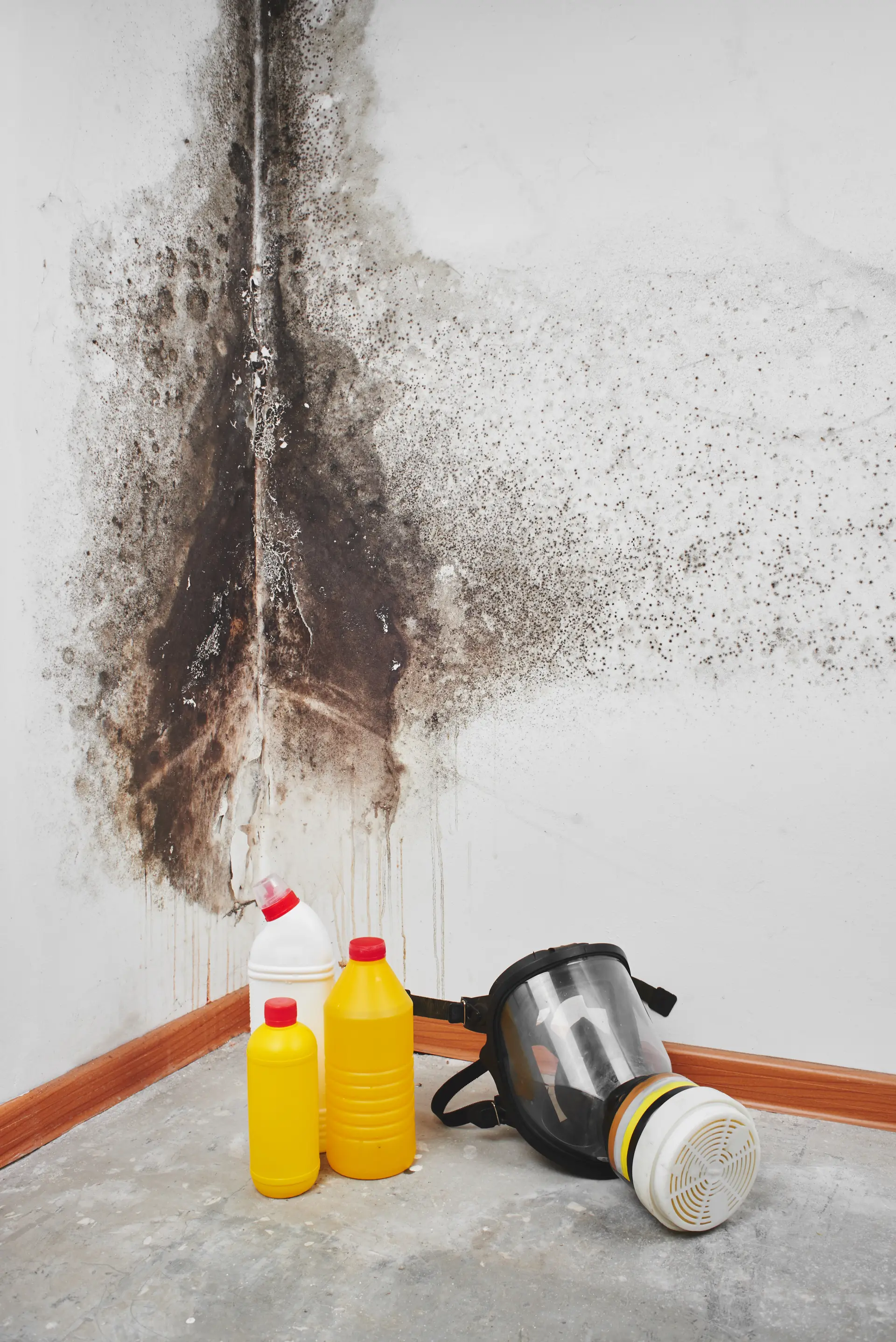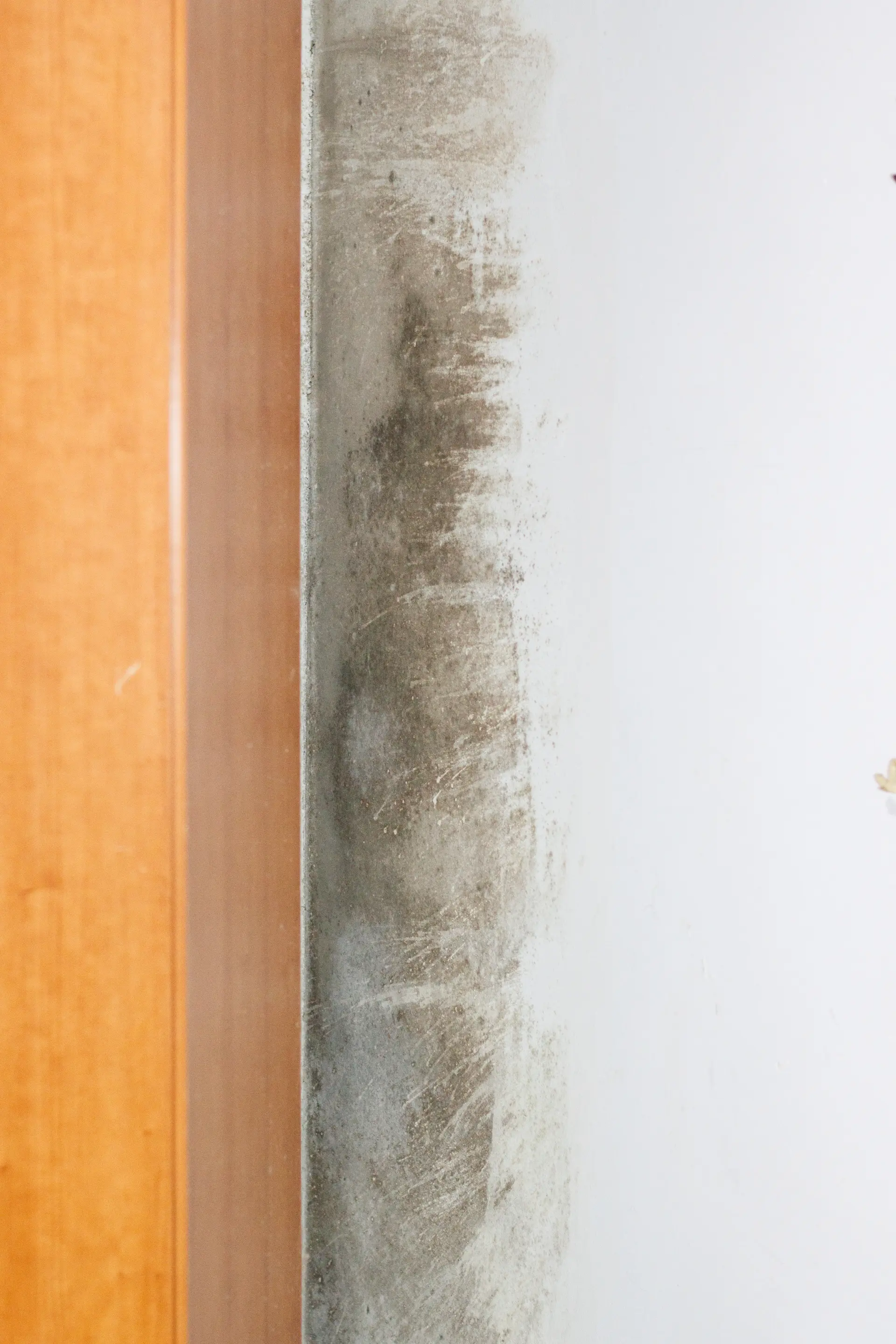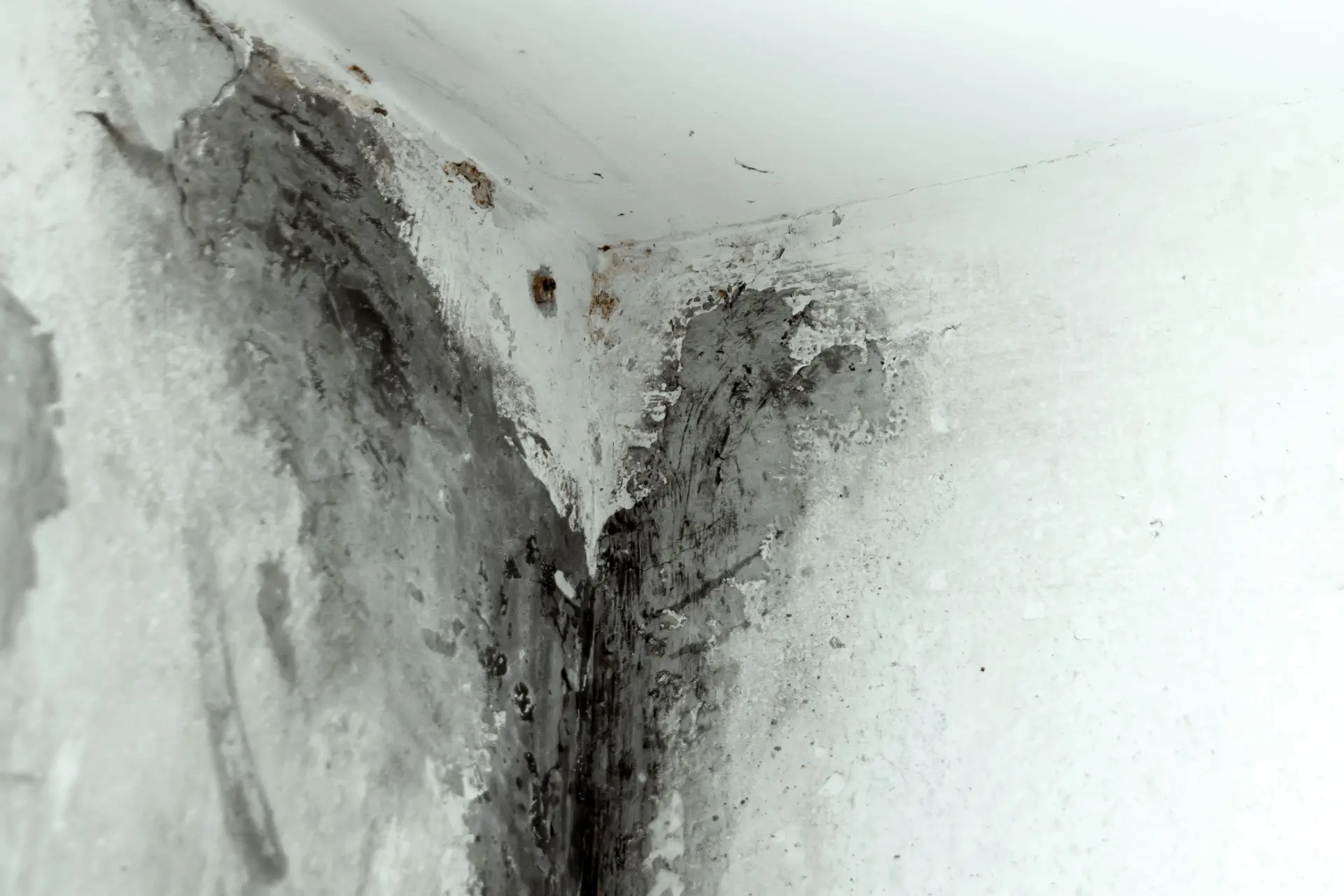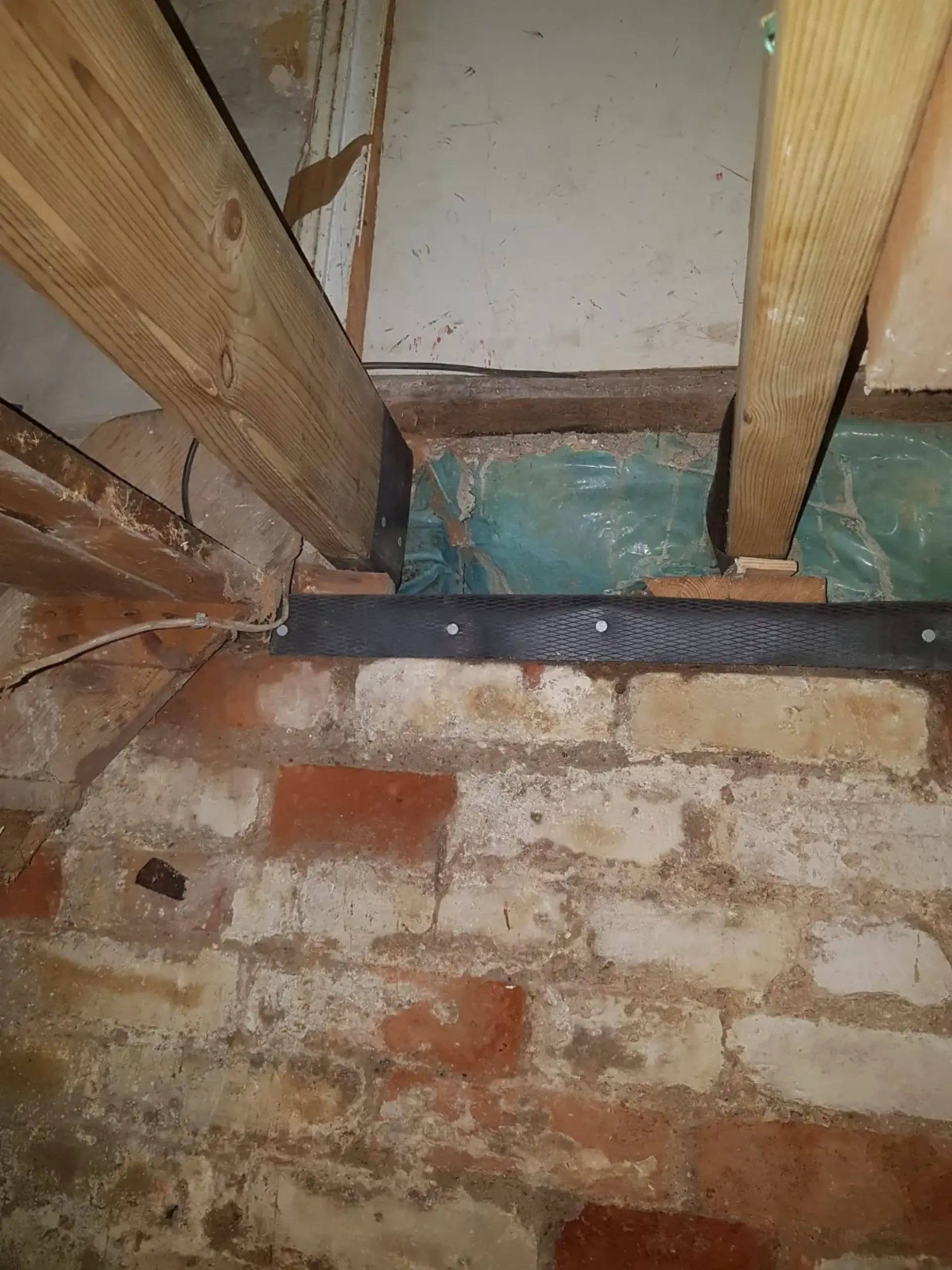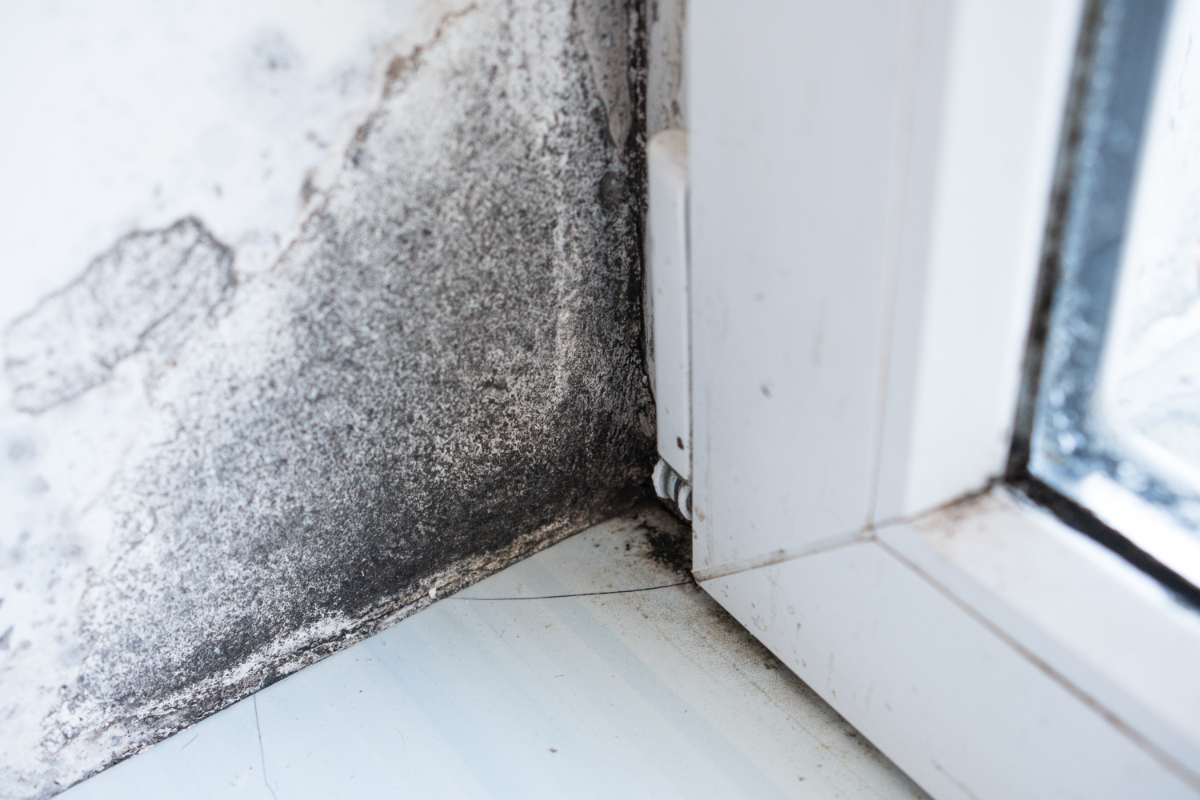Damp is a common issue that can cause problems in any home. Learning how to spot it early can help you fix the source quickly and avoid long-term damage to your walls, floors, ceilings, and other parts of your property.
Learn how to spot damp in your home early with our expert tips. Prevent mould, damage, and costly repairs by identifying moisture issues promptly.
Why Early Detection of Damp Matters
Spotting damp early makes it easier and cheaper to fix. If moisture is allowed to build up, it can lead to mould growth, damaged paint, and even harm to the structure of your walls and ceilings.
Over time, these problems can spread and become more serious. Acting quickly not only protects your home but also helps maintain a safe and dry space.
The early signs are often small and easy to miss, so it is important to look out for anything that seems unusual.
Common Signs of Damp to Watch For
Damp often begins slowly, and the early signs may be easy to overlook. Moisture can show up as darker patches on a wall, and the paint may start to bubble or flake.
Wallpaper might begin to peel at the corners, and a musty smell may appear in certain parts of the home. In some cases, you might notice black mould starting to form, especially where the air feels damp.
These are all signs that moisture is getting in and building up, and they should not be ignored.
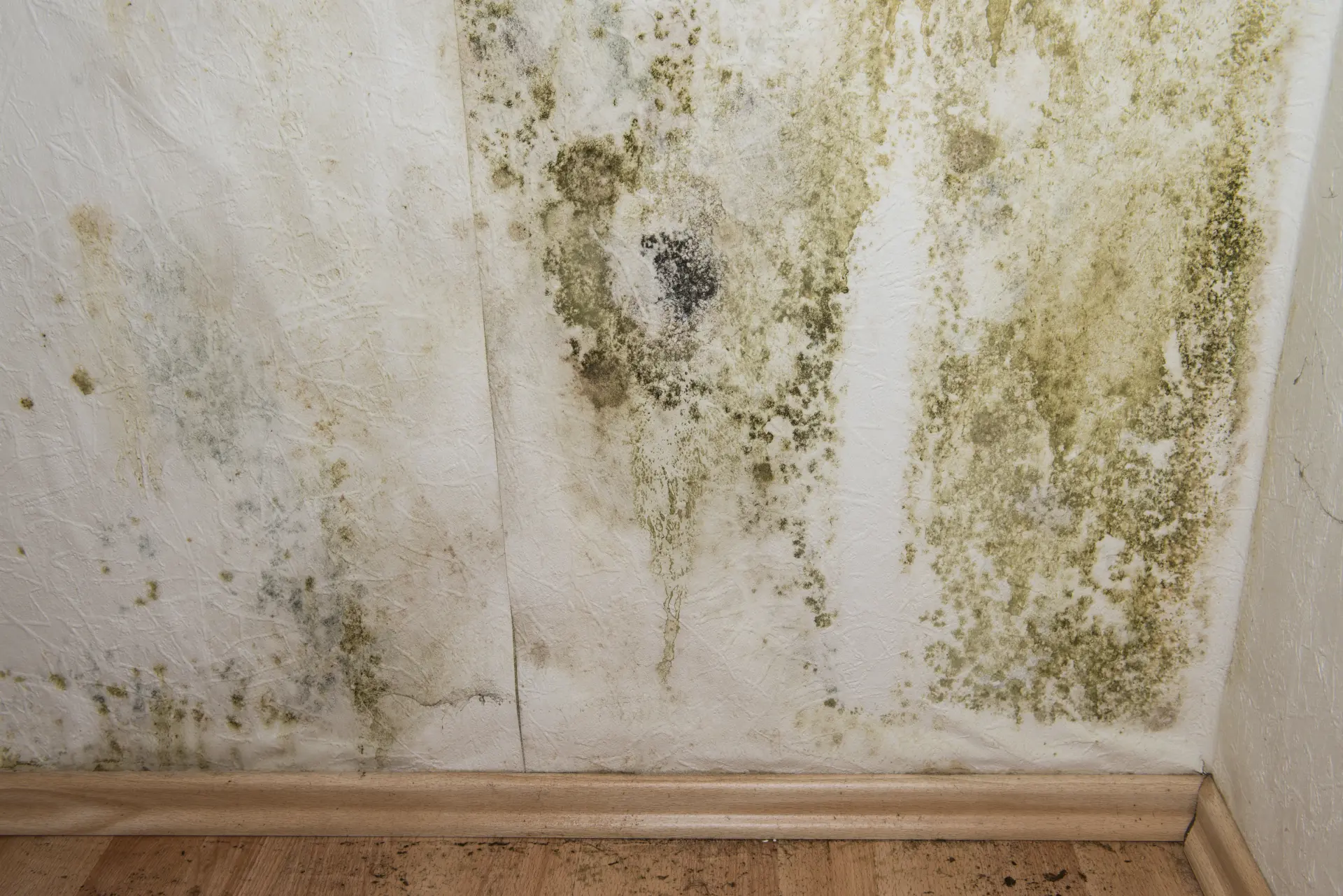
Changes in Walls, Ceilings and Paintwork
When damp is affecting a room, you may notice that the walls feel cold or damp when touched. Ceilings can start to show stains, often yellow or brown, and the paint may crack or become discoloured.
Wallpaper might lift away from the wall and feel loose or bubbled. These changes are strong signs that water is getting into the wall or ceiling from somewhere, such as rain coming through the roof or condensation building up indoors.
Over time, this moisture can cause lasting damage to your property if left untreated.
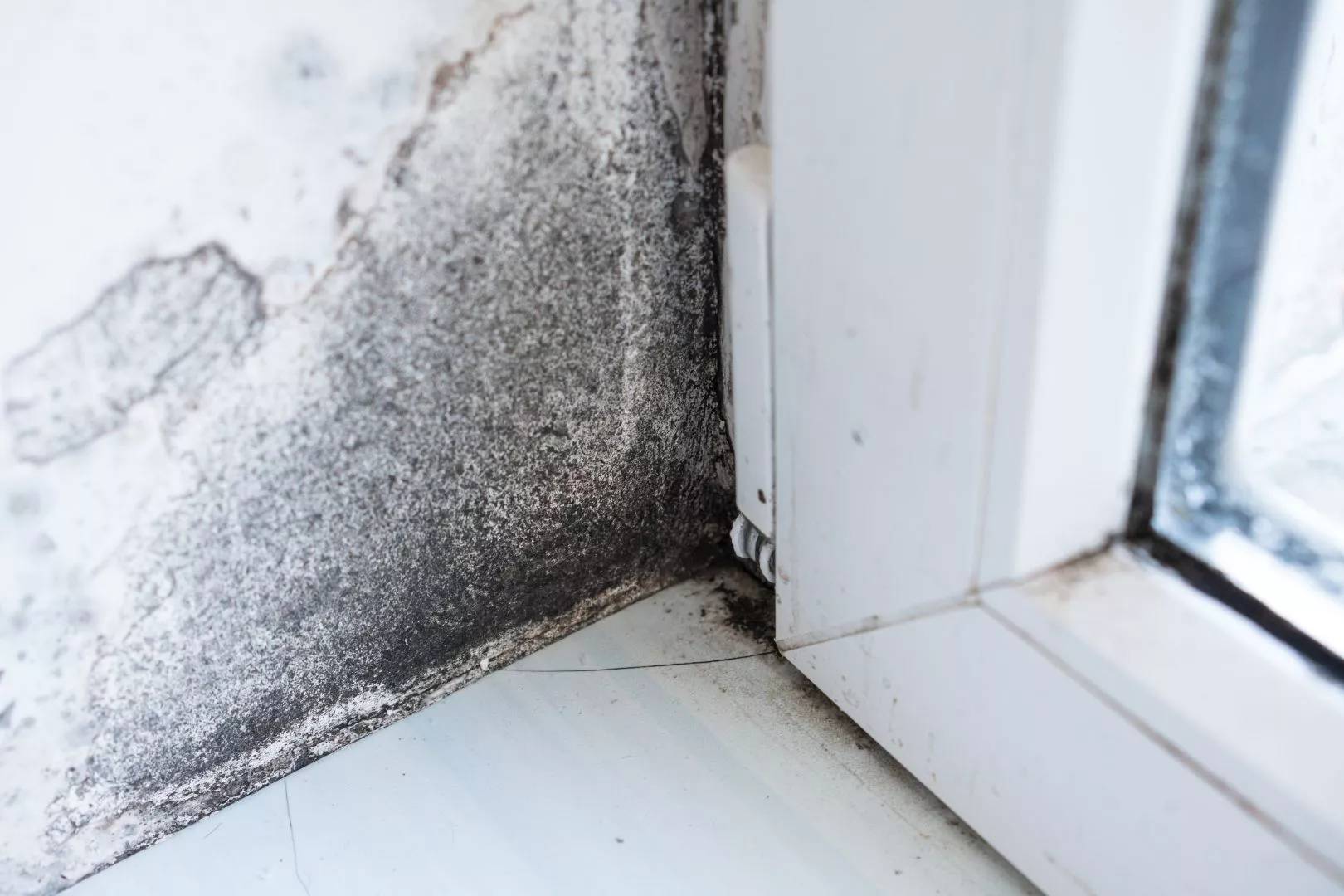
Signs of Damp Around Windows and Doors
Windows and doors are often the first places where damp becomes visible. You may notice condensation on the inside of windows, or mould forming in the corners of the frames.
The paint around these areas might begin to crack, and the wood may feel soft or damp. These are signs that moisture is getting in, either from outside or through poor ventilation.
If this damp is left too long, it can damage both the inside and outside of the window or door area. Keeping an eye on these spots can help you act before the damage spreads further.
When to Call in a Damp Specialist
Sometimes, the signs of damp are easy to notice, but the cause can be harder to find. If you have tried to fix a damp patch and it keeps coming back, it may be time to call in a specialist.
A professional can look deeper into the walls and floors using special tools to measure the moisture levels. They can help find out where the problem is coming from and offer the right treatment to stop it.
Getting expert help early on can save time, reduce costs, and prevent more serious damage from developing in your home.
Above Water Damp Proofing Ltd offers trusted damp control services to help protect your property from moisture damage. Our experienced team can identify different types of damp, carry out detailed surveys, and apply effective treatments to keep your walls, ceilings and floors dry and safe. We aim to give you long lasting protection and peace of mind against rising damp, condensation, and more.
